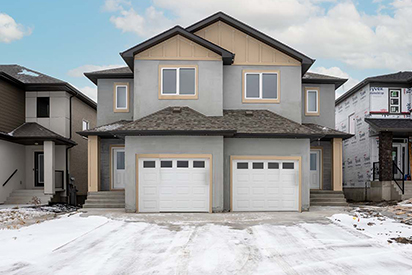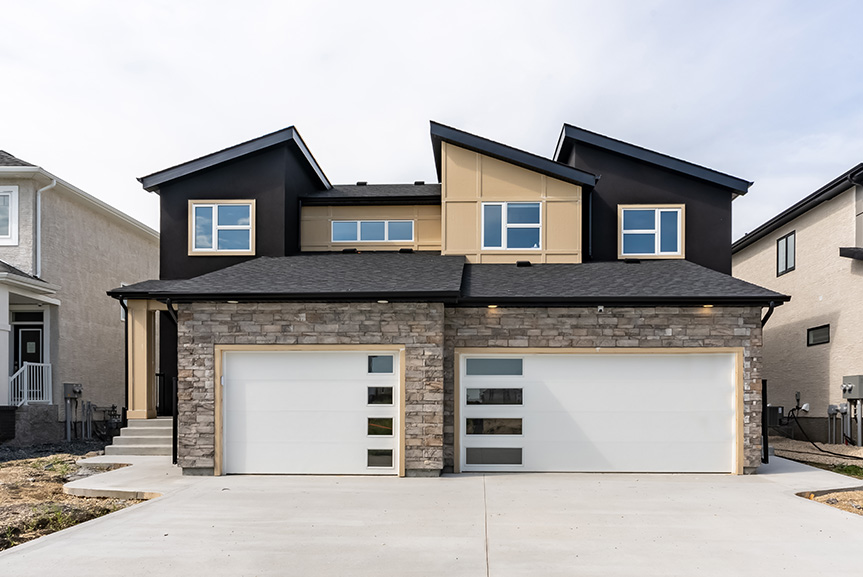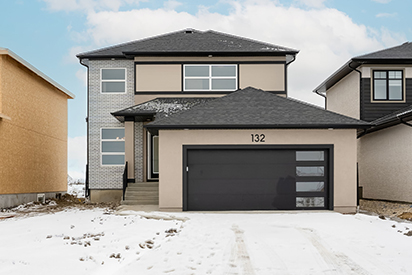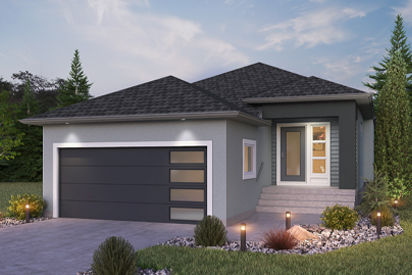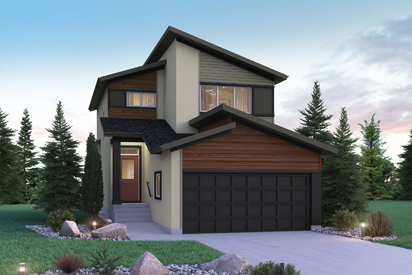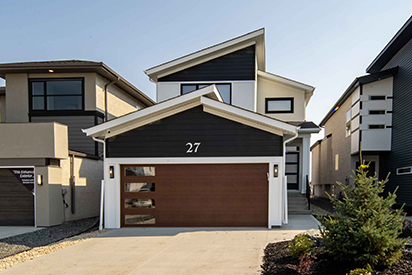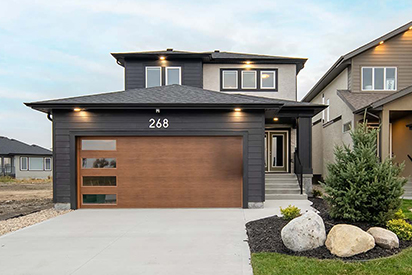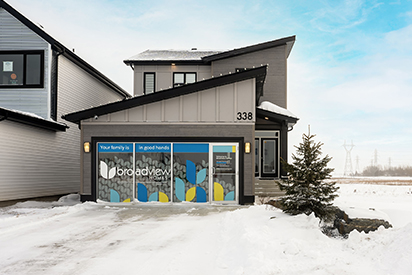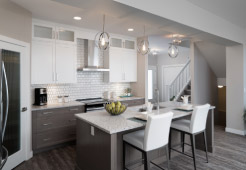Home Maintenance & Warranty Guide
Last updated April 14, 2020
Seasonal Maintenance
PLEASE NOTE: Failure to follow some of these seasonal homeowner maintenance suggestions may void any warranty coverage.
FALL
The first 3 suggestions are crucial to the fall maintenance of your home
- Remove exterior sump pump hose.
- Remove hoses from exterior faucets and turn off exterior lawn service located in the basement.
- Set the dehumidistat between 30% - 45%, and turn off the AC (if applicable).
- Clean debris out of eaves troughs.
- Clean the humidifier per the manufacturer’s instructions and turn to the winter setting (if applicable).
- Check and operate the heating system.
- Adjust or replace weather-stripping on exterior doors as needed.
- Check the fit of exterior doors at their thresholds. Many designs are adjustable.
- Ensure that all exterior vents are not blocked by debris.
- Check foundation, concrete slabs, and yard for soil settlement, and fill in as needed to maintain positive drainage.
WINTER
- Brush snow off the roof, gutters and away from downspouts and vents.
- Throughout the winter remove ice build up, or ice damming, from eaves troughs.
- Avoid using de-icing agents with damaging salts.
- Remove window screens to allow air from the heating system to keep condensation off the windows.
SPRING
- Test sump pump and attach discharge hose.
- Turn on the lawn service in the basement. Always check basement for possible leaks when exterior faucets are first used.
- Turn the dehumidistat down to 0%, but do not turn off the HRV at the unit itself. Do not turn up the dehumidistat while running an AC unit. They will work against each other.
- Turn the humidifier to the summer setting (if applicable).
- Make certain the air conditioner compressor is level and clear of debris.
IMPORTANT: SUMP PUMP AND SUMP PUMP PITS
You must remove the exterior sump hose from your sump pump line in fall and winter, and place a splash pad beneath the discharge to prevent soil erosion. If left connected, the hose will freeze and obstruct the flow of water and this obstruction could possibly burn out your sump pump. This may also cause a backup of water under the basement floor causing it to flood and/or heave.
You must reattach the exterior sump hose in spring and summer to ensure positive drainage away from your foundation walls.
SUMP PUMP MAINTENANCE:
Periodically operate the sump pump to help prevent the seals from drying out. To do this, remove the sump pump plug, draw air from the short plastic tester tube extending from the plug and immediately plug it back in. This should make the pump operate for a few seconds. If your sump pump does not have a tester tube, pour enough water in to the pit to cause the pump to operate for at least 30 seconds.Periodically check the pit for soil seepage from the weeping tiles. If there is soil in the bottom of the pit, unplug the sump pump, remove it, and clean the pit and pump. These steps will ensure the proper operation of your sump pump.
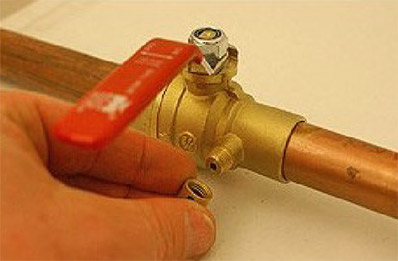
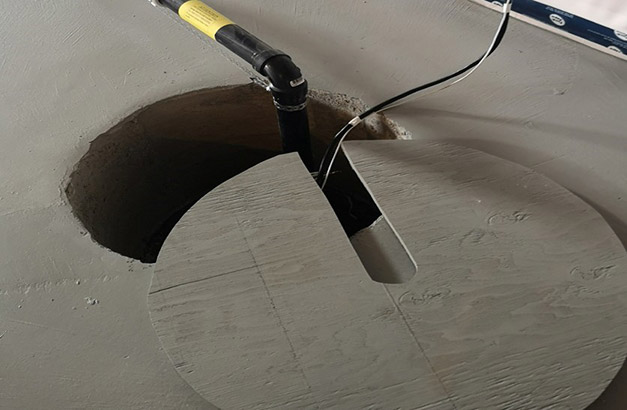
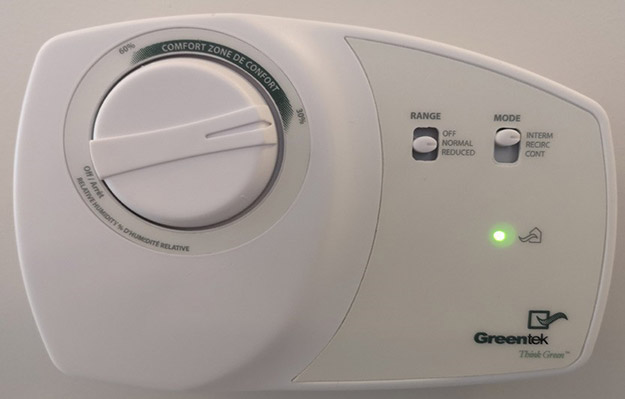
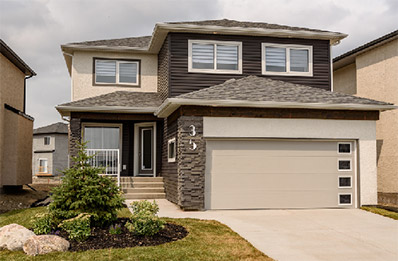
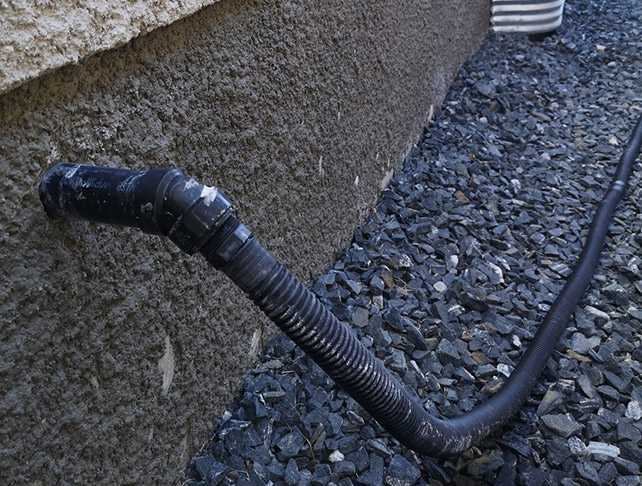
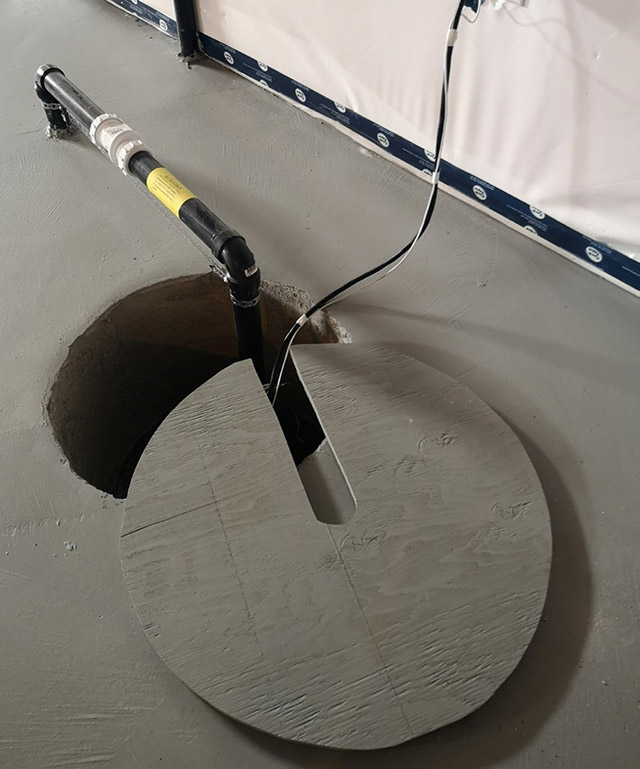
TROUBLESHOOTING:
If the pump fails to function:
- Ensure that the power source is turned on. If it is;
- Disconnect the power source and look to see if the pump is clogged. Do not check a powered pump. If the problem persists;
- Call Broadview Warranty in the first year. After the warranty period has ended, call the pump manufacturer for the name of a qualified service company.
The builder’s warranty does not cover water damage to personal belongings from sump pump failure. You may consult with your home owners insurance.

